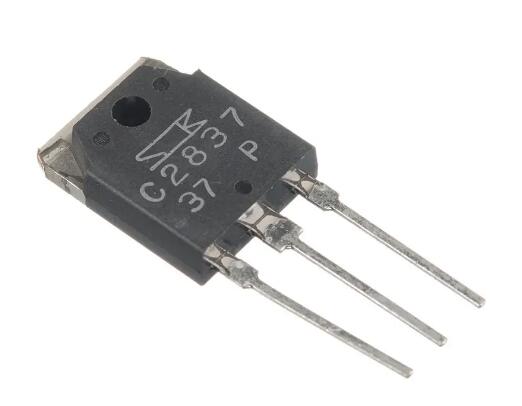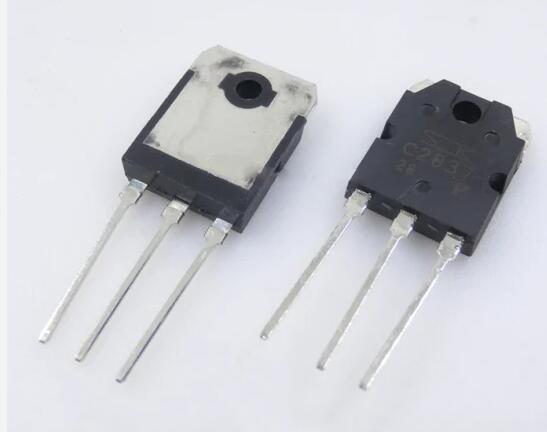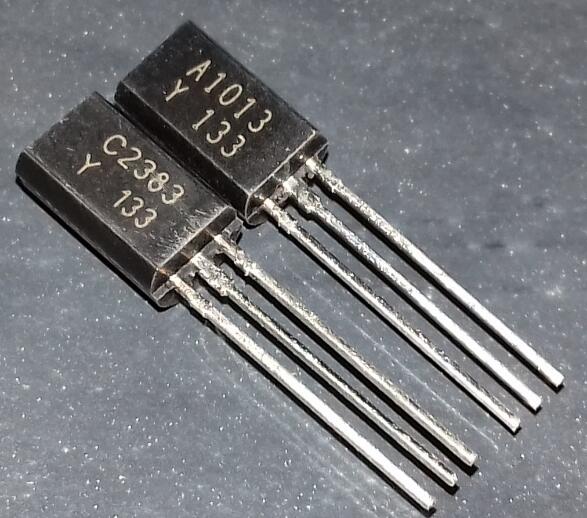I apologize, but I couldn't find specific information about the 2SC2837 transistor in my database. It's possible that it might be a less common or specialized transistor. However, I can provide you with general information about transistors and their characteristics:
Transistor Pinout:
In general, transistors have three terminals: the emitter, base, and collector. However, without specific information about the 2SC2837, I cannot provide you with its exact pinout configuration.
Equivalent Transistors:
Since I couldn't find information about the 2SC2837, I don't have access to equivalent transistors for it. It would be best to refer to the datasheet or consult with the manufacturer or distributor to obtain more specific information about possible equivalents.
Features:
The features of transistors can vary greatly depending on their design and purpose. Some common features found in transistors include:
- Polarity: Transistors can be either NPN (Negative-Positive-Negative) or PNP (Positive-Negative-Positive) types.
- Power Dissipation: This indicates the maximum power a transistor can handle without exceeding its safe operating limits.
- Maximum Collector Current (Ic): The maximum current that the transistor can handle in the collector terminal.
- Maximum Voltage Ratings: These specify the maximum voltage that can be applied across different terminals of the transistor.
- Amplification: Transistors can provide gain and amplification of electrical signals.
- Switching Speed: Some transistors are designed for high-speed switching applications.
- Noise Characteristics: Transistors can exhibit different levels of noise in their operation.
Applications:
Transistors have numerous applications across various electronic circuits, such as:
- Amplifiers: Transistors are commonly used as active components in audio amplifiers, radio frequency (RF) amplifiers, and other signal amplification circuits.
- Switching: Transistors can function as electronic switches, controlling the flow of current in electronic devices and circuits.
- Oscillators: Transistors are used in oscillator circuits to generate continuous waveforms, frequencies, and timing signals.
- Voltage Regulation: Transistors contribute to voltage regulation and control in power supply circuits and voltage regulators.
- Digital Logic: Transistors form the foundation of digital logic circuits, such as gates, flip-flops, and memory elements.
Please note that the information above is generic and may not specifically apply to the 2SC2837 transistor. It's important to consult the datasheet or reach out to the manufacturer or distributor for specific details regarding its pinout, equivalent transistors, features, and applications.




